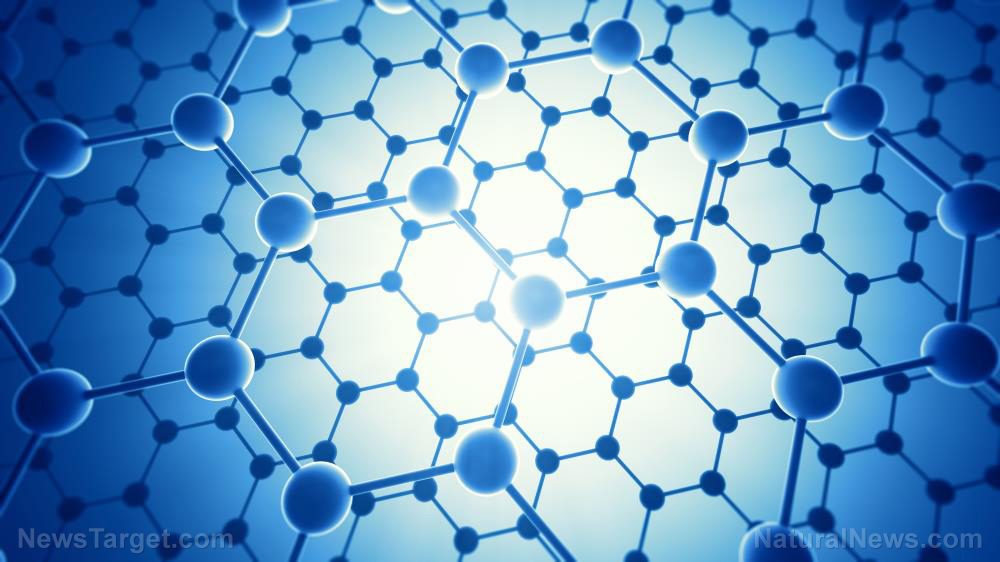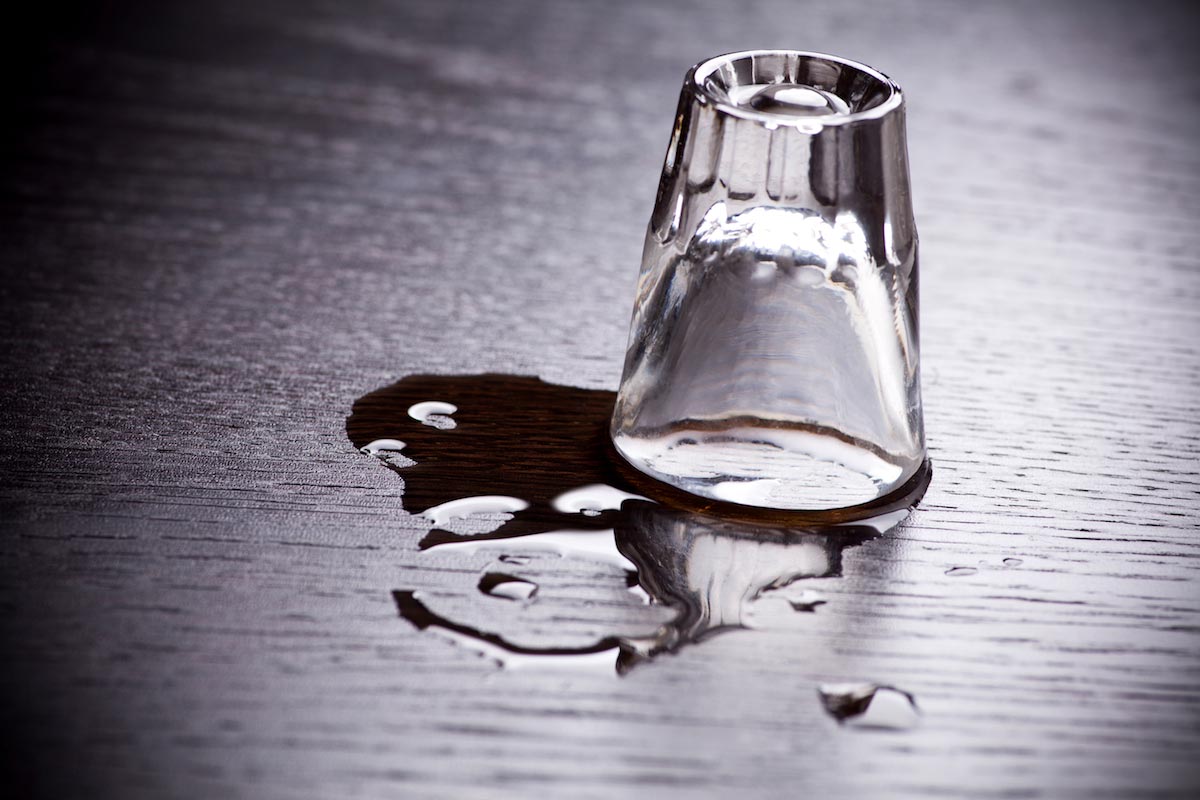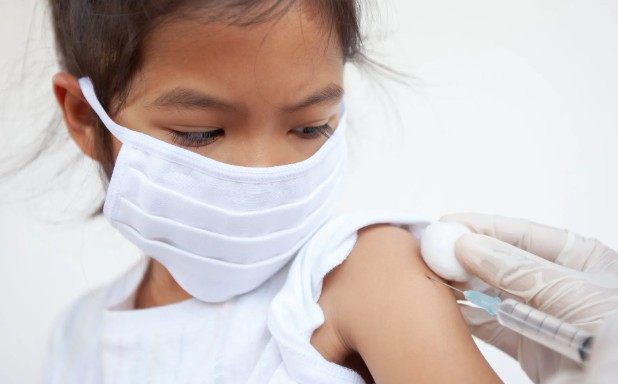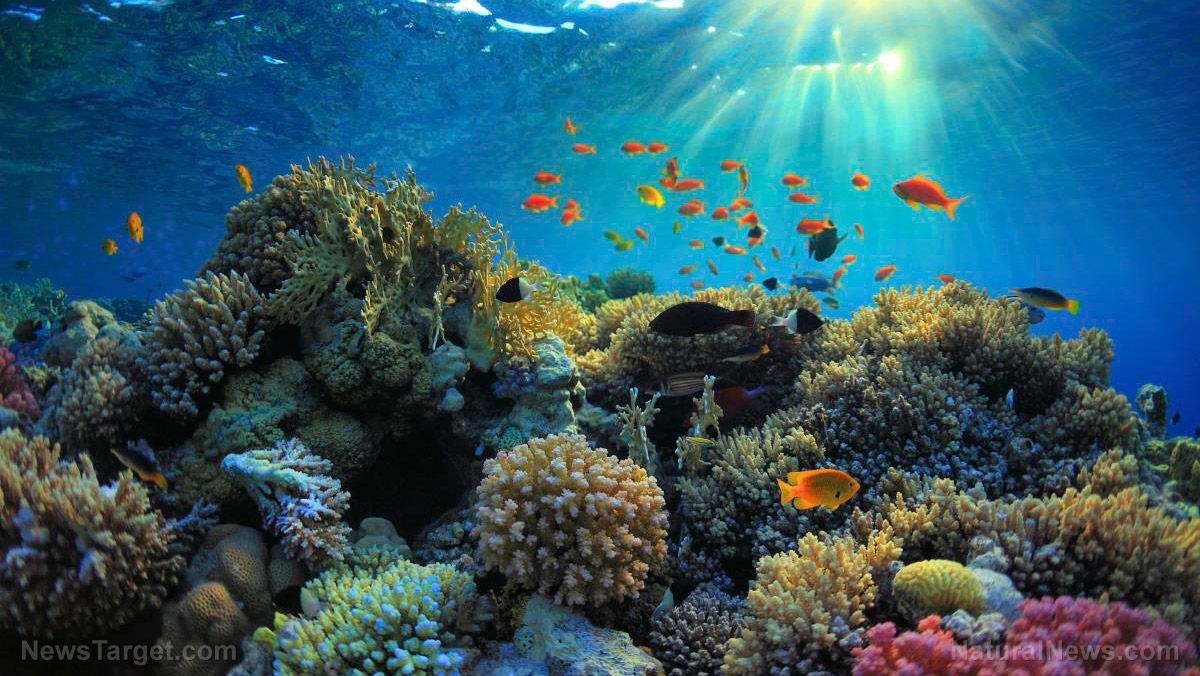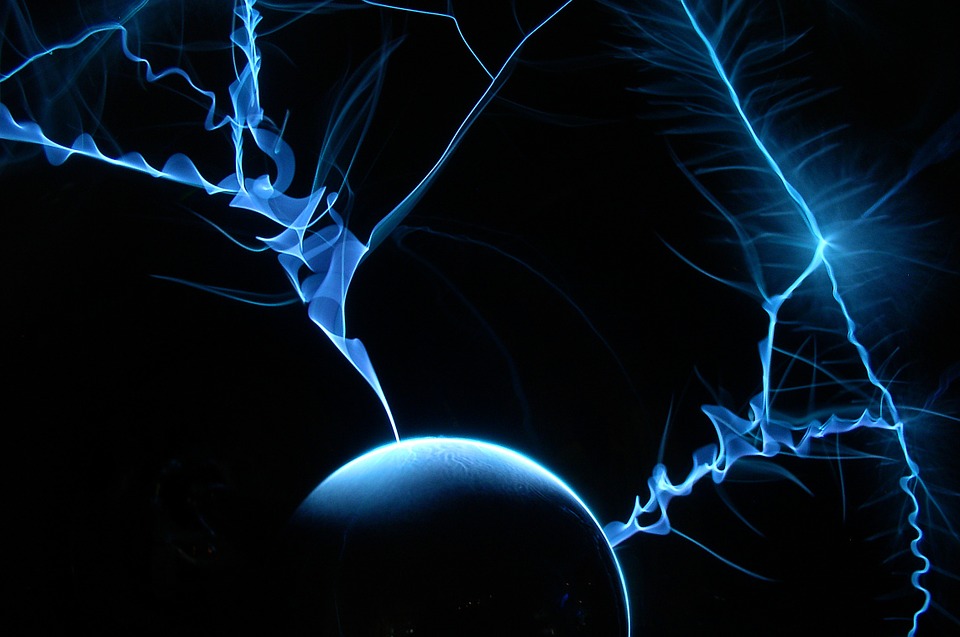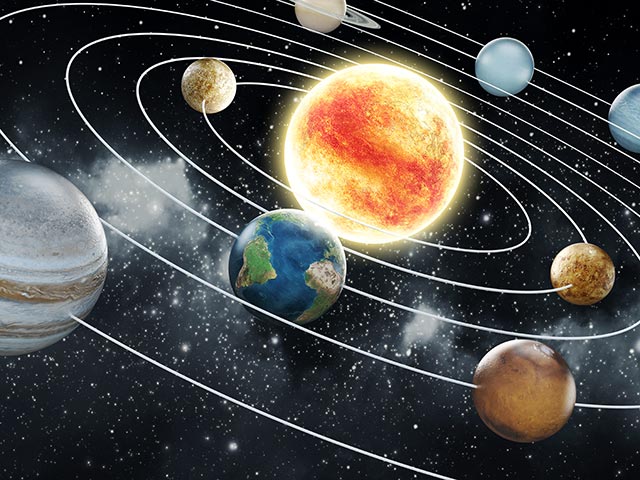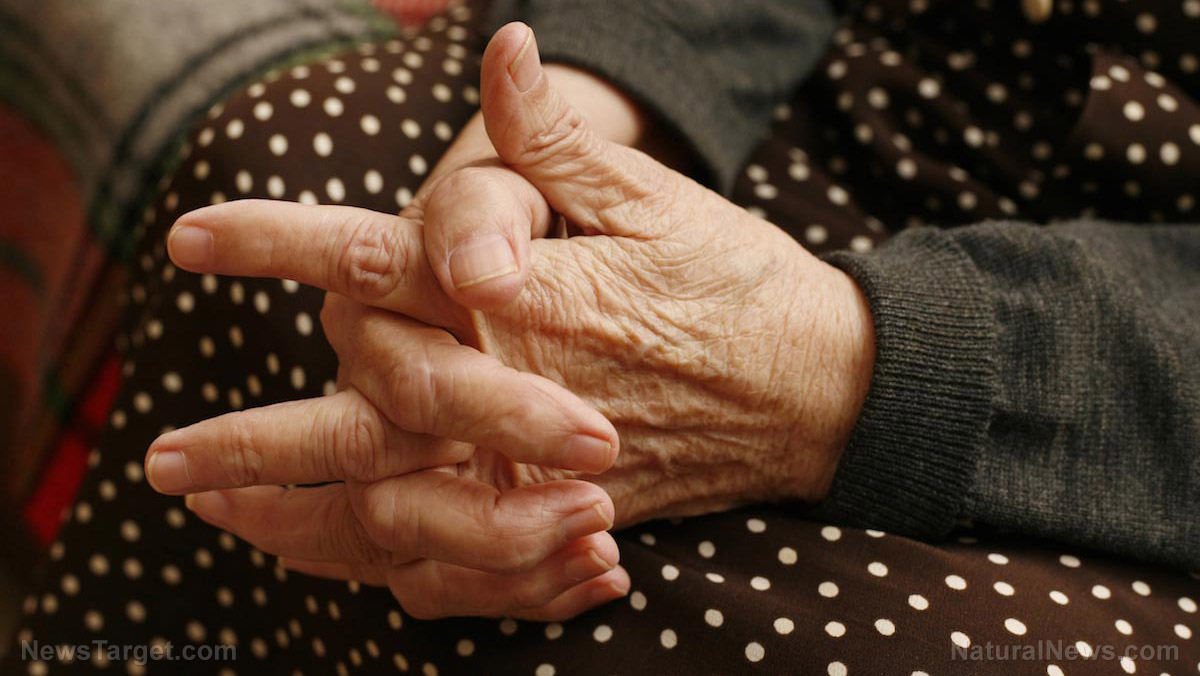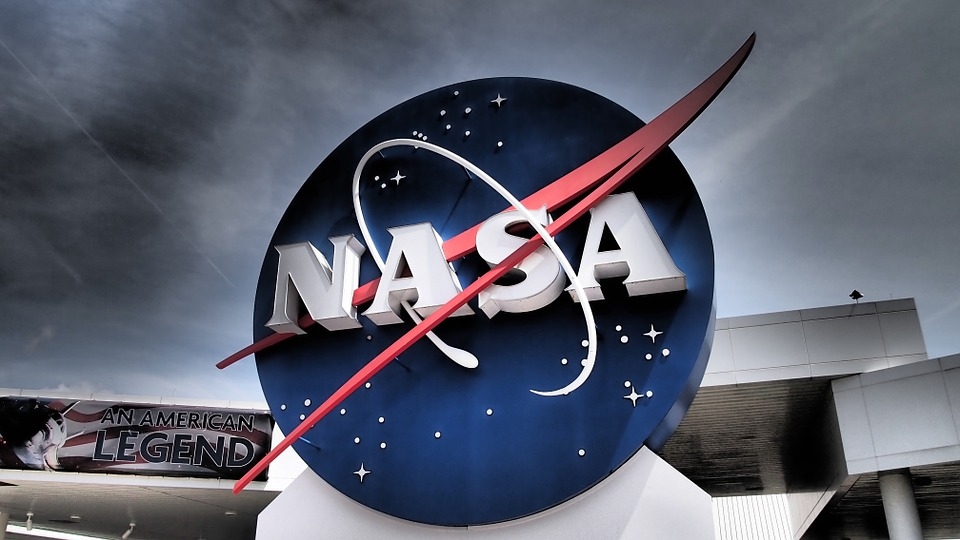Yellowstone’s real danger: Earthquakes, not supervolcano hysteria
08/20/2025 / By Willow Tohi
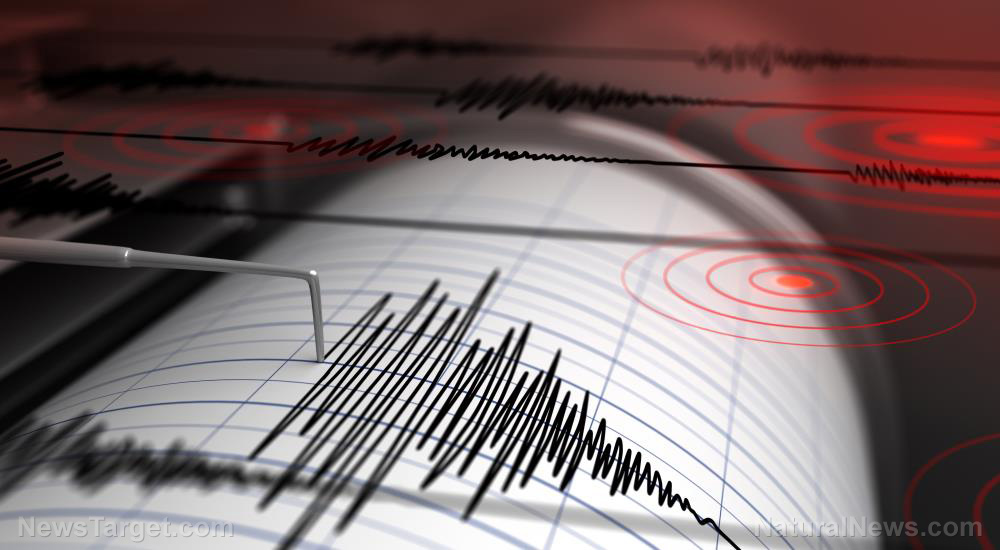
- New USGS study reveals Yellowstone’s magma system is a fragmented “club sandwich” of partially molten rock, not a single explosive reservoir, with 400–500 km³ of rhyolitic magma concentrated in the northeast caldera.
- No imminent eruption, but scientists warn of misleading “prediction” headlines — including a disputed 16 percent global chance of a VEI-7+ eruption by 2100, a figure not tied to Yellowstone specifically.
- A super-eruption’s global impact would dwarf past disasters (e.g., Tambora’s 1815 “Year Without a Summer”), triggering decades-long climate cooling, agricultural collapse and infrastructure devastation from ashfall.
- Monitoring gaps persist: While seismic arrays, satellites and gas sensors track activity, no system can predict eruptions with certainty, underscoring the need for international preparedness.
- Experts urge focus on earthquakes, not volcanic doomsday scenarios — magnitude 7+ quakes pose a more immediate, underaddressed threat to the U.S. West.
When the U.S. Geological Survey (USGS) released a study in Nature this August, the findings were clear: Yellowstone’s magma system is complex, but far from an imminent apocalyptic threat. Yet within days, sensationalist headlines screamed of a 16 percent chance of a “humanity-ending” eruption by 2100 — a statistic that had nothing to do with Yellowstone and came from a non-volcanologist’s speculative modeling.
The truth? Yellowstone’s greatest near-term threat isn’t a supervolcano — it’s a magnitude 7+ earthquake, which the region is overdue to experience.
Yellowstone’s magma: A slow-cooking stew, not a ticking bomb
The USGS study revealed that Yellowstone’s underground magma isn’t a single, pressurized chamber but a fragmented network of partially molten rock — some pockets only 2-30 percent liquid. While the system contains enough rhyolitic magma to fill Lake Erie, it lacks the connectivity for a sudden, catastrophic eruption.
“We’re talking geological timescales — thousands of years — not human ones,” said Dr. Michael Poland, scientist-in-charge of the Yellowstone Volcano Observatory.
Yet the media latched onto a 16 percent global eruption probability from a separate, paywalled opinion piece by climate professor Markus Stoffel. His estimate, based on disputed 430-year recurrence intervals, was not tied to Yellowstone — just a broad statistical guess.
“It’s like warning of a global hurricane without saying where it might hit,” said Dr. Erik Klemetti, a volcanologist at Denison University.
The real threat: Earthquakes, not eruptions
While headlines fixate on volcanic doom, seismologists warn of a far more immediate danger: major earthquakes. The Wasatch Fault (Utah), the Cascade Subduction Zone (Pacific Northwest) and Yellowstone’s own seismic networks all point to an overdue “Big One.”
- The 1959 Hebgen Lake quake (M7.3) near Yellowstone killed 28 and triggered a massive landslide.
- The Cascade Subduction Zone has a 37% chance of an M8.0+ quake in the next 50 years.
- Salt Lake City faces a 43% chance of a M6.75+ quake by 2045.
“Volcanoes make for sexy headlines, but quakes kill people tomorrow — not in some hypothetical 2100 scenario,” said Dr. Lucy Jones, a seismologist at Caltech.
What if Yellowstone did erupt? (Spoiler: It won’t soon)
If Yellowstone erupted catastrophically, the effects would be severe but not extinction-level. USGS modeling suggests:
- Ashfall up to 3 cm in Chicago, San Francisco and Winnipeg, collapsing roofs and contaminating water.
- Global cooling of 4°C for 15–20 years due to sulfur dioxide blocking sunlight, triggering crop failures.
- Long-term toxicity from heavy metals (arsenic, cadmium, mercury) in the ash.
“This isn’t a ‘human extinction’ event, but it would be civilization-altering,” said Dr. Clive Oppenheimer of the University of Cambridge. “The good news? The odds of it happening in our lifetimes are astronomically low.”
The bottom line: Fear the quake, Not the volcano
Yellowstone’s magma system is not on the verge of annihilating humanity. The real story is one of scientific progress distorted by media hype, while a far more pressing threat — major earthquakes — goes underreported.
“If you’re worried about geological disasters, stock up on earthquake supplies, not doomsday bunkers,” said Dr. Poland. “And next time you see ‘Scientists Warn,’ ask: Which scientists? And what exactly are they warning about?”
For now, Yellowstone’s bison graze on, oblivious to the human panic — and the real faults lurking beneath our feet.
Sources for this article include:
Submit a correction >>
Tagged Under:
Cascade Subduction Zone, Dangerous, disaster, earthquake, Ecology, environment, Fact Check, infrastructure devastation, magma, preparedness, real investigations, research, truth, USGS, volcano, wasatch fault, Yellowstone
This article may contain statements that reflect the opinion of the author


